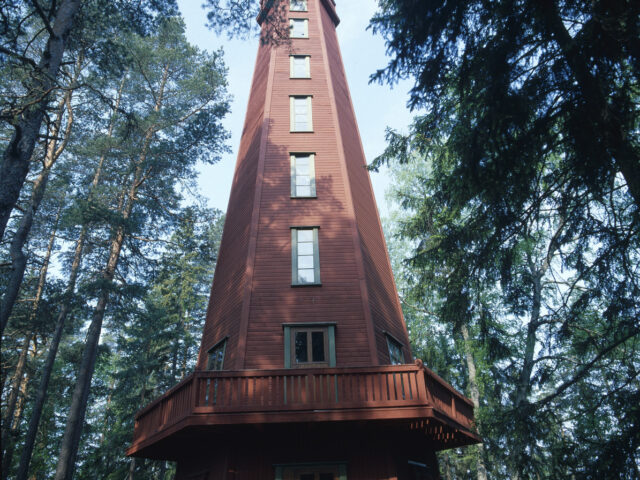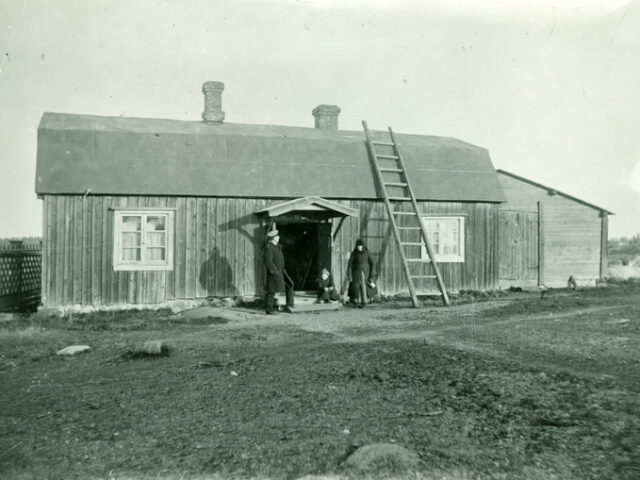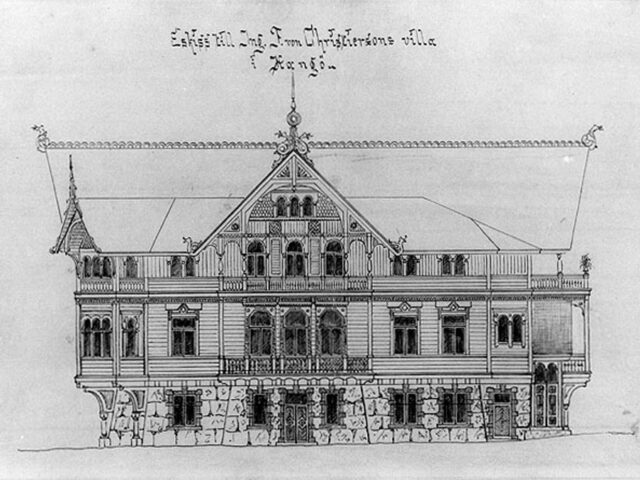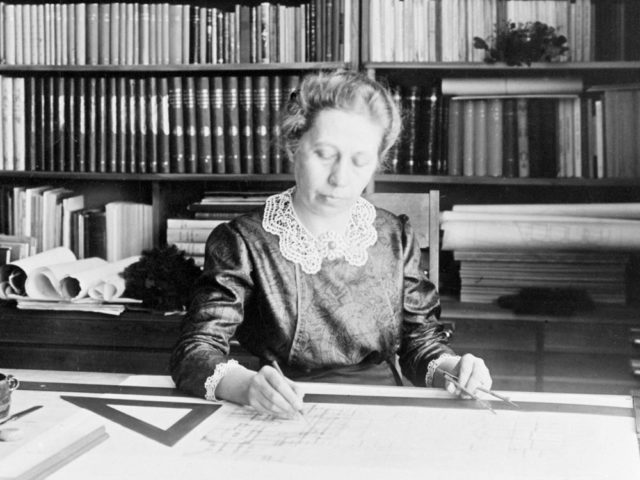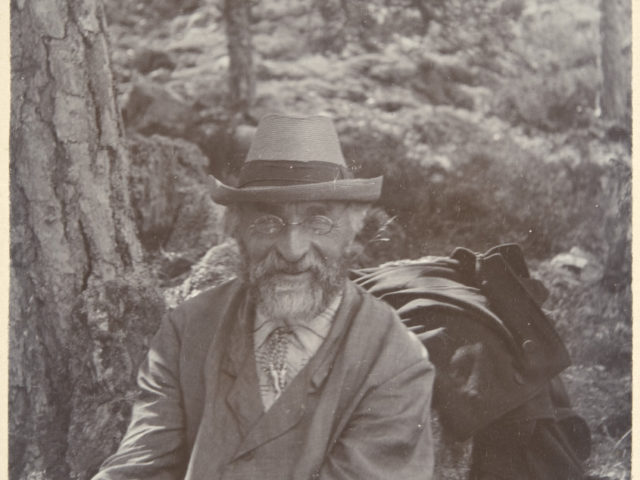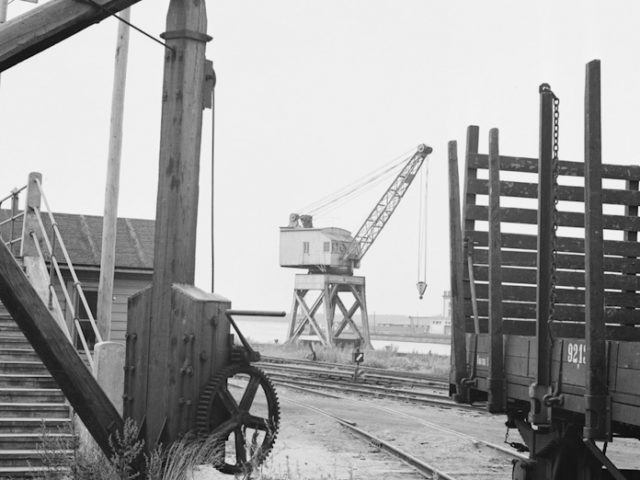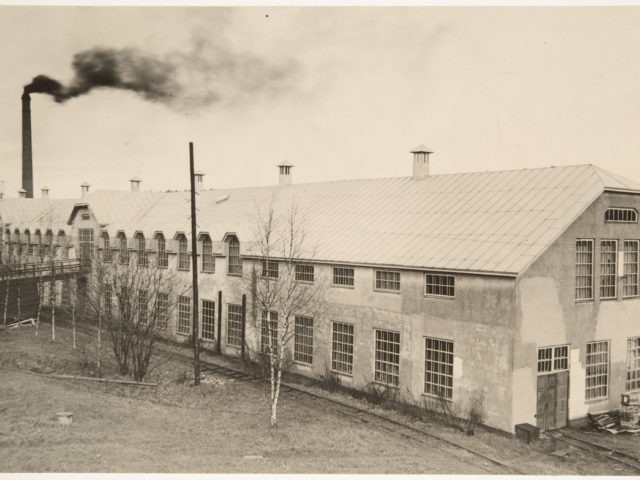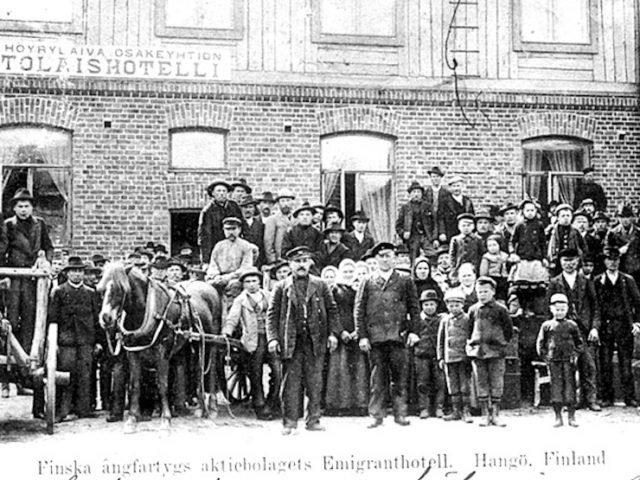Suomen Matkailuyhdistys kehotti suomalaisia vuonna 1924 näkötornien rakentamiseen luonnonkauniille seuduille. Lounais-Hämeen vaikuttajat ryhtyivät tuumasta toimeen. Tammelan Kaukolanharjun näkötornin avajaisia juhlittiin heinäkuussa 1926. Juhlapuheissa näkötornin toivottiin kehittävän niin kauneusaisteja kuin jalostavan sisäistä ihmistämmekin sekä opettavan kunnioittamaan Jumalaa, rakastamaan lähimmäistä ja kotiseutua sekä koko isänmaata. Näkötornista avautuva maisema innoitti ainakin taiteilija Albert Edefeltiä, joka maalasi yhden tunnetuimmista suomalaisista maisemamaalauksista “Kaukolanharju auringonlaskun aikaan”.
View moreHangon museo perustettiin jo vuonna 1907 vaikka alkutaival oli hieman kangerteleva. Tammisaareen oli perustettu oma museo 1906, joten pitihän myös Hankoon saada sellainen. 1900-luvun alku oli muutenkin vilkasta aikaa museokentällä Suomessa. Tärkeätä oli nostaa esille Suomen erillispiirteet vuosisadan alun venäläistämisyritysten keskellä. Museo aloitti toimintansa Fohlinin tuvassa Korkeavuorenkadulla.
View moreThalatta! Thalatta! Greek warriors shouted for joy this word for the sea 400 years before the end of time. The poorly run military expedition turned into a relief when they saw the homely shores of the Black Sea. A couple of thousand years later, even in Hanko you can shout for joy Thalatta! Then you will say hello to a wonderful wooden villa on the southern slope of Vartiovuori right by the sea.
View moreHanko's town hall was completed in September 1926. The designers of the building were Armas Lindgren and Bertel Liljequist. The activity in the town hall was lively. There were concerts, plays, dance performances and lectures. Of course, the entire city administration was also in the building. In 1941, the Continuation War began, and Russian troops blew up the town hall when they retreated from the city in December. The current town hall was completed in 1951.
View moreWivi Lönn (1872–1966) oli tuottelias arkkitehti, jonka suunnittelemia rakennuksia löytyy mm. Helsingistä, Tampereelta ja Jyväskylästä. Hän johti omaa arkkitehtitoimistoa, ensimmäisenä naisena Suomessa, ja suunnittele mm. useita koulurakennuksia. Esimerkiksi Edvin Laineen koulun puuosan hän suunnitteli Iisalmeen 1900-luvun alussa.
View moreThe zoological station in Tvärminne was founded by zoology professor Johan Axel Palmén in 1902. His goal was to establish a marine field station in an area with a diverse environment and thus good opportunities for research. After his death, the position was transferred to the University of Helsinki as a testamentary donation in 1919.
View moreHangon sataman vanhin säilynyt nosturi otettiin käyttöön heinäkuussa 1911. Ransomes & Rapier Ltd Lontoossa toimitti osat ja insinööritoimisto Zitting & co Helsingistä kasasi sen. Nosturi on peruskorjattu vuonna 2020.
View moreBillnäs is part of the historic ironworks area of southwestern Finland and is the third oldest in Finland, Rautaruukki. Billnäs Ruukki was founded in 1641 by Carl Billsten with the permission of the Swedish krona. The historic Kuninkaantie runs through Ruukki's Mustionjoki River and the other bank of the river. In the heart of the ironworks area, industrial activity largely ceased in the 1980s. Today, the area is owned by Billnäsin Ruukki Oy. The company is developing the area into a center for tourism, events and teleworking, respecting history.
View moreHanko was the most important departure city for emigrants at the turn of the 19th and 20th centuries. About 250,000 Finns left in search of a new life through the port of Hanko. Accommodation capacity has always been a problem in Hanko, and at the beginning of the 20th century there were especially many immigrants in Hanko who stayed here for a night or two before continuing their journey through England to the United States. Suomen Höyrylaivahtiö, which was responsible for the emigrants' journey from Finland, decided to build an emigrant hotel on the Boulevard in 1902.
View more
